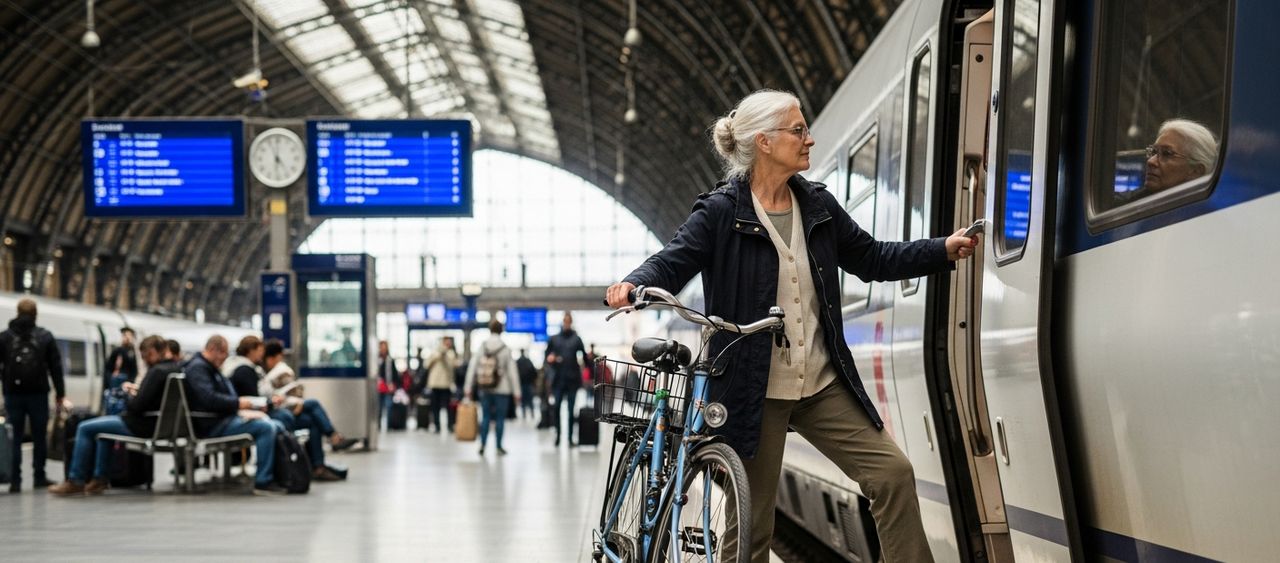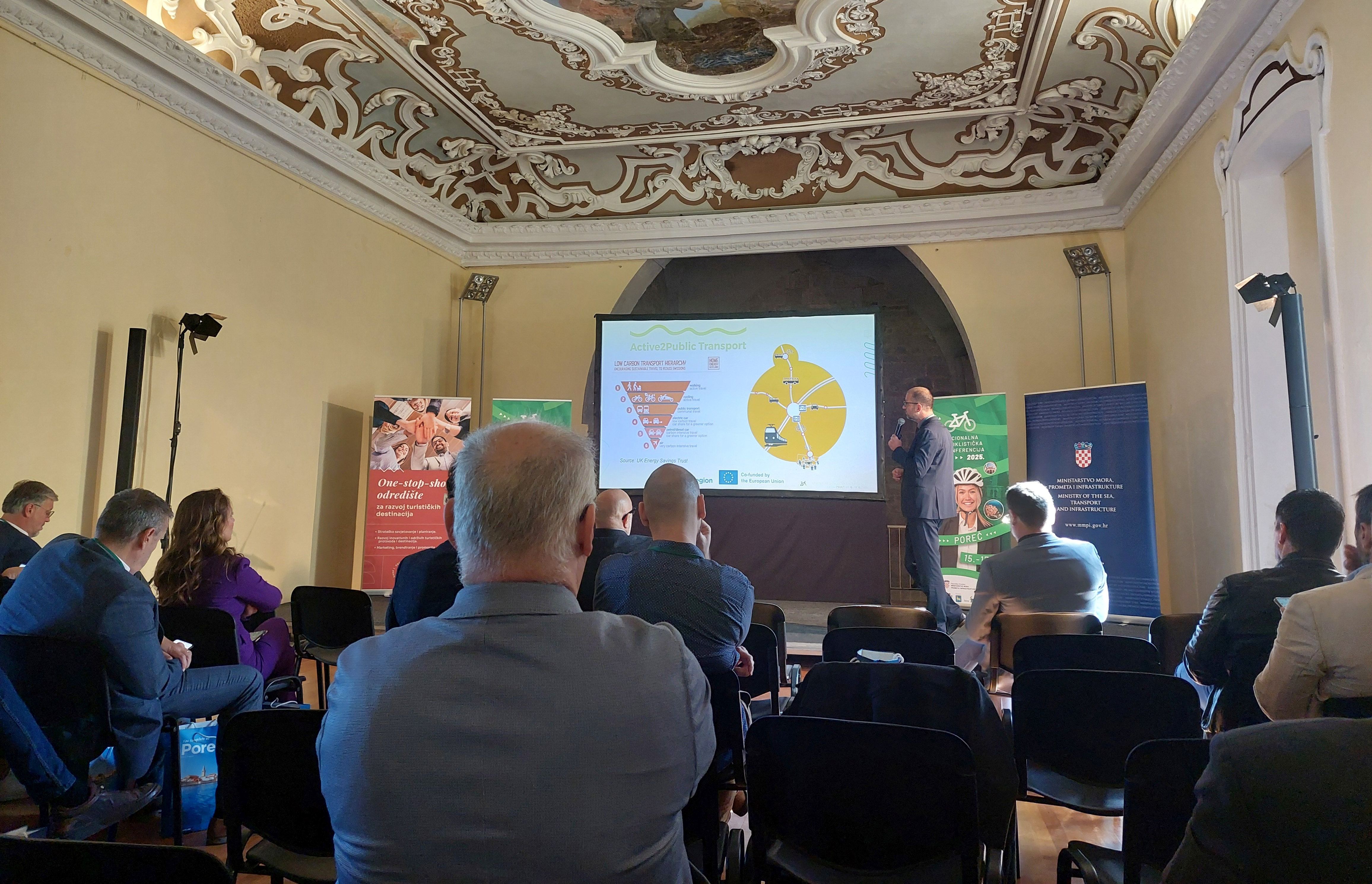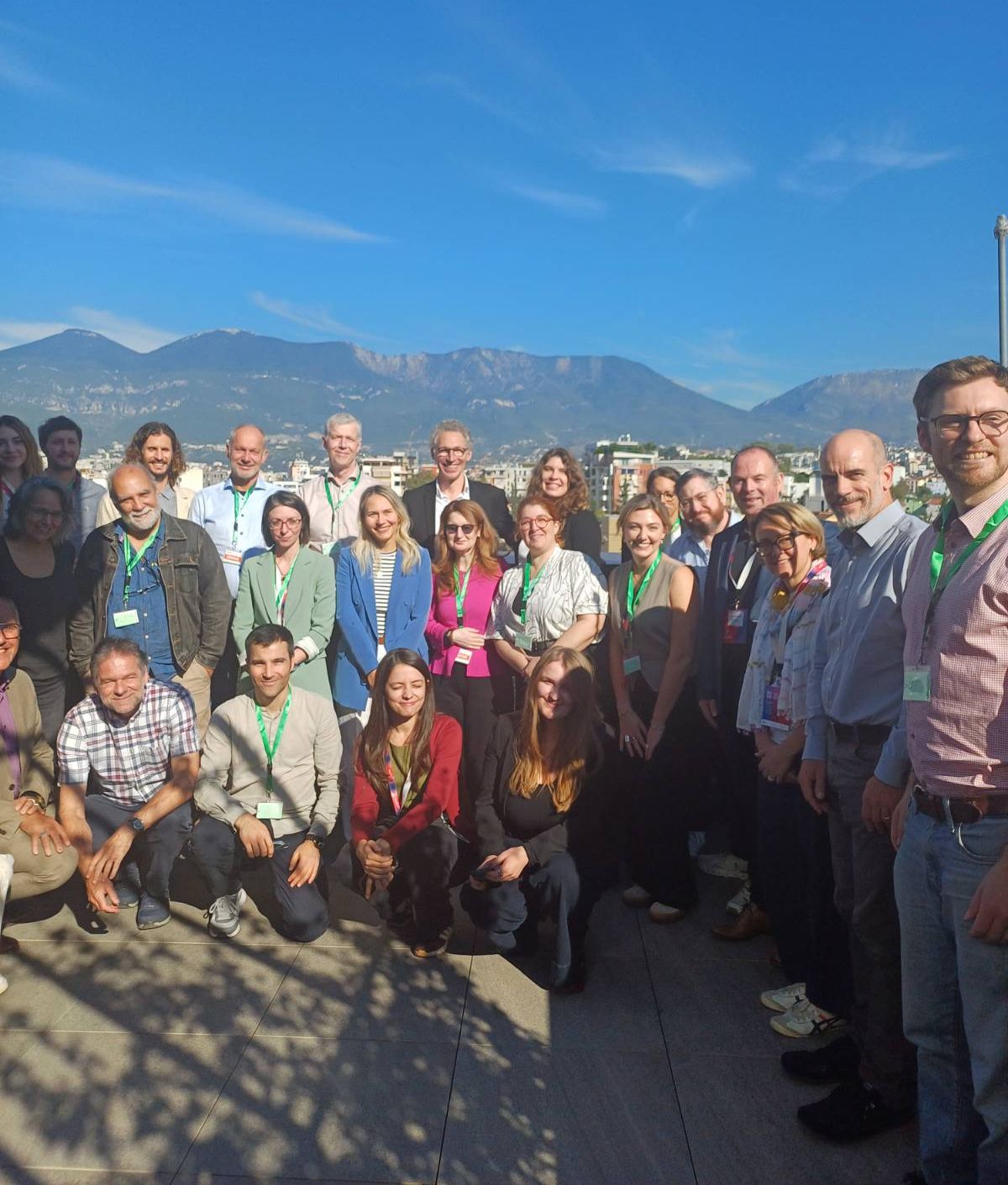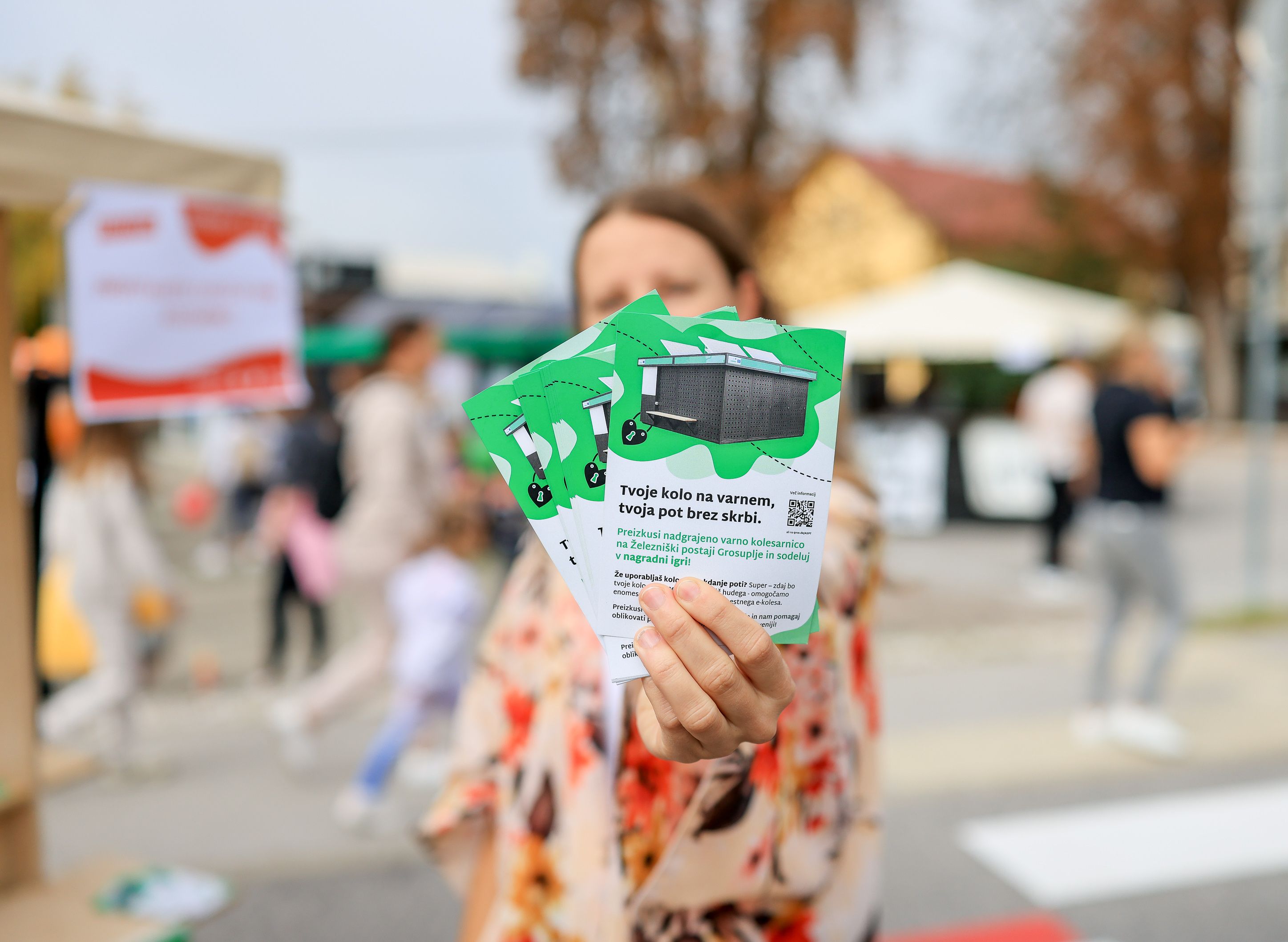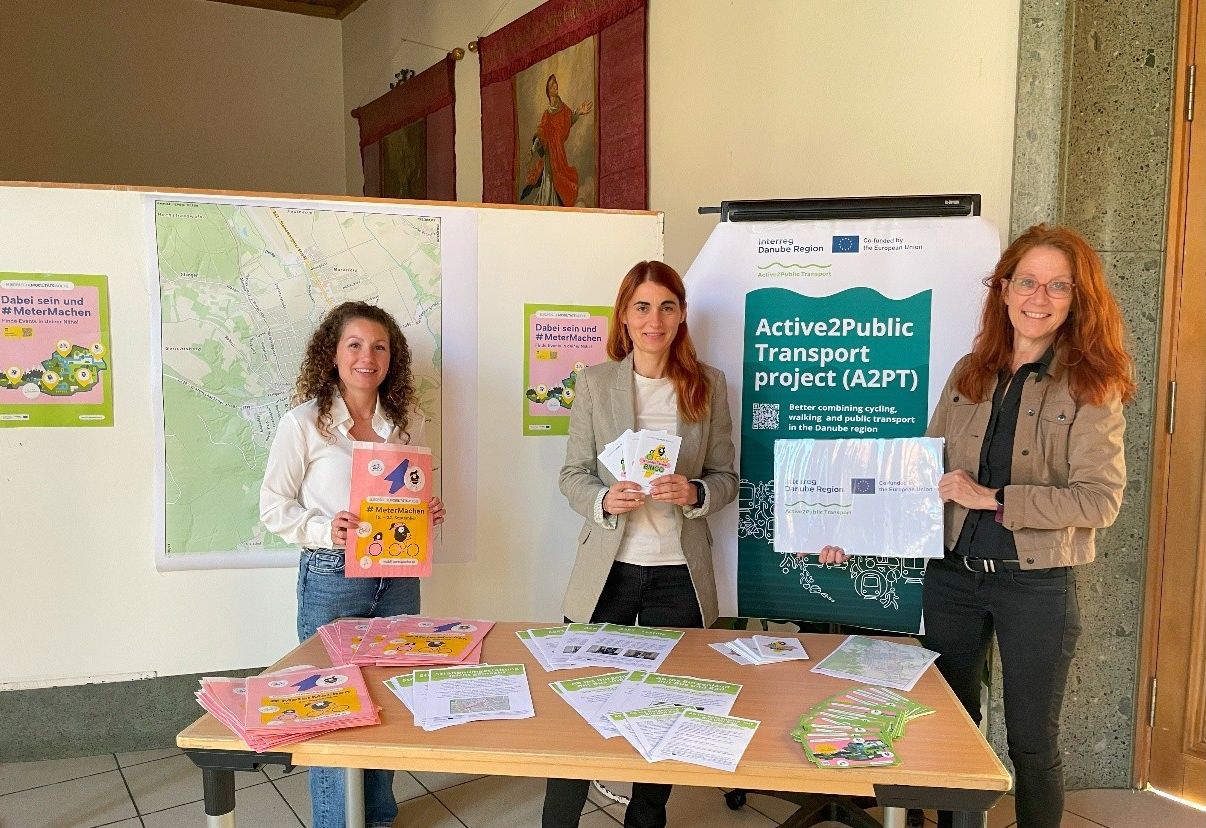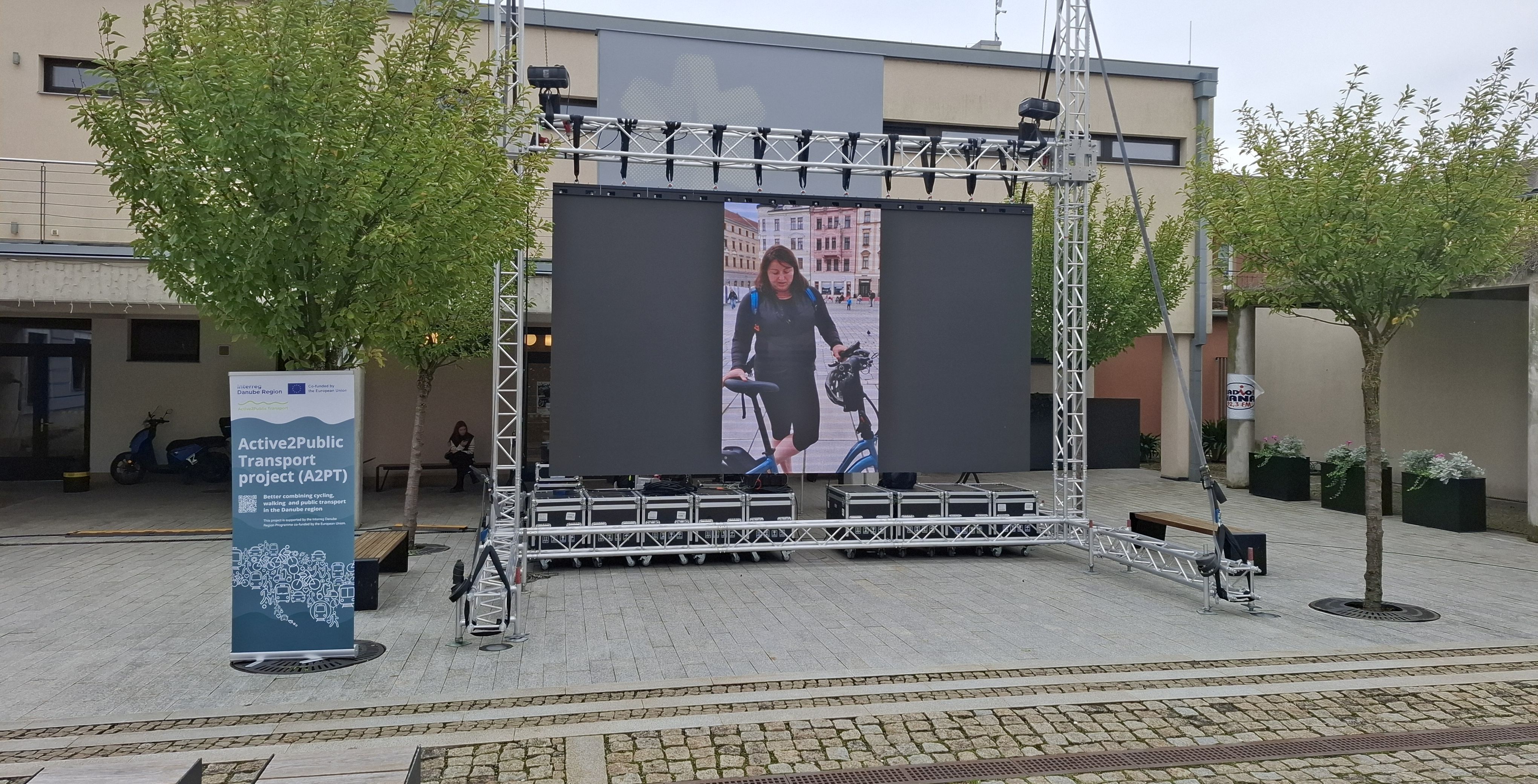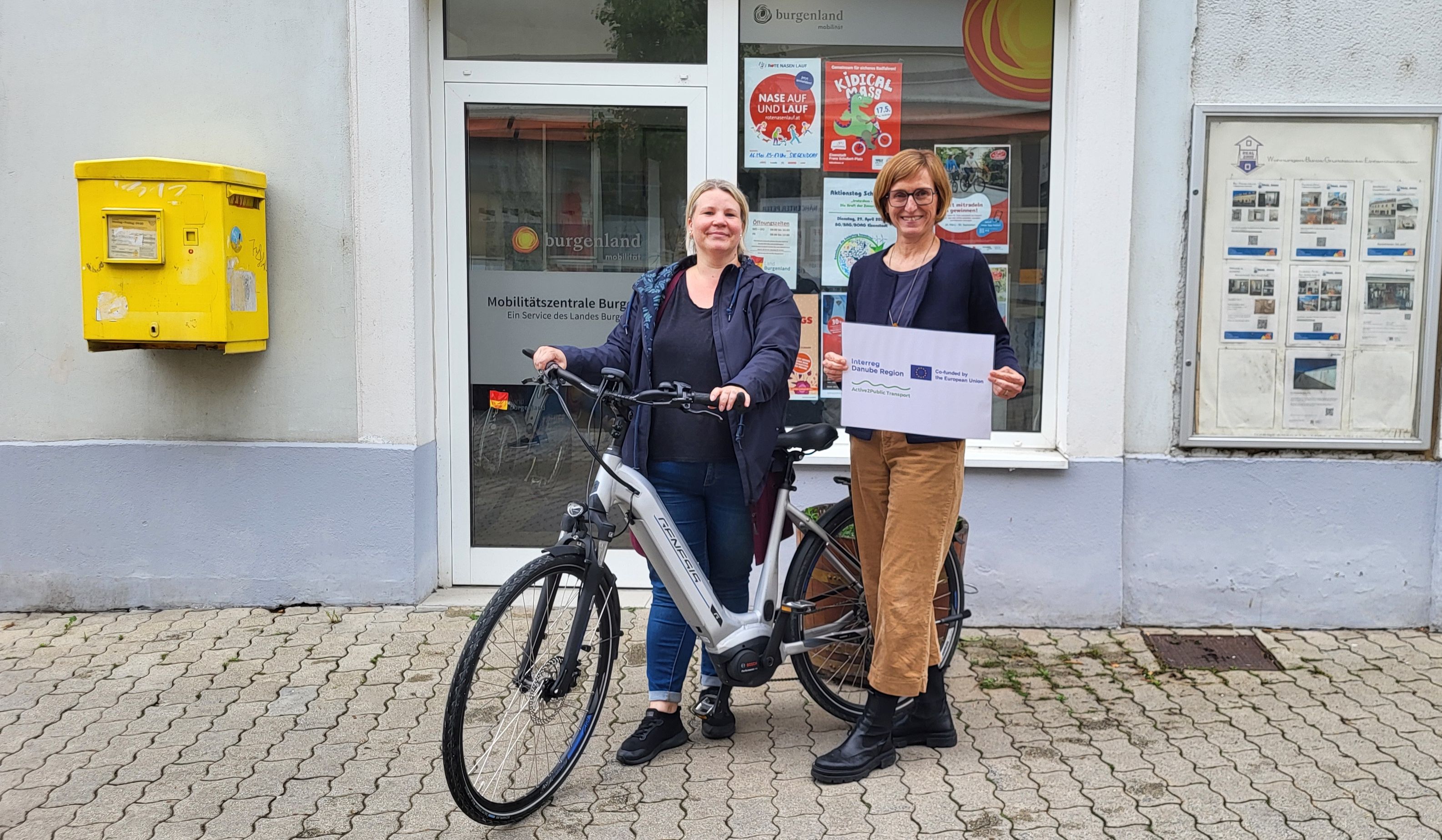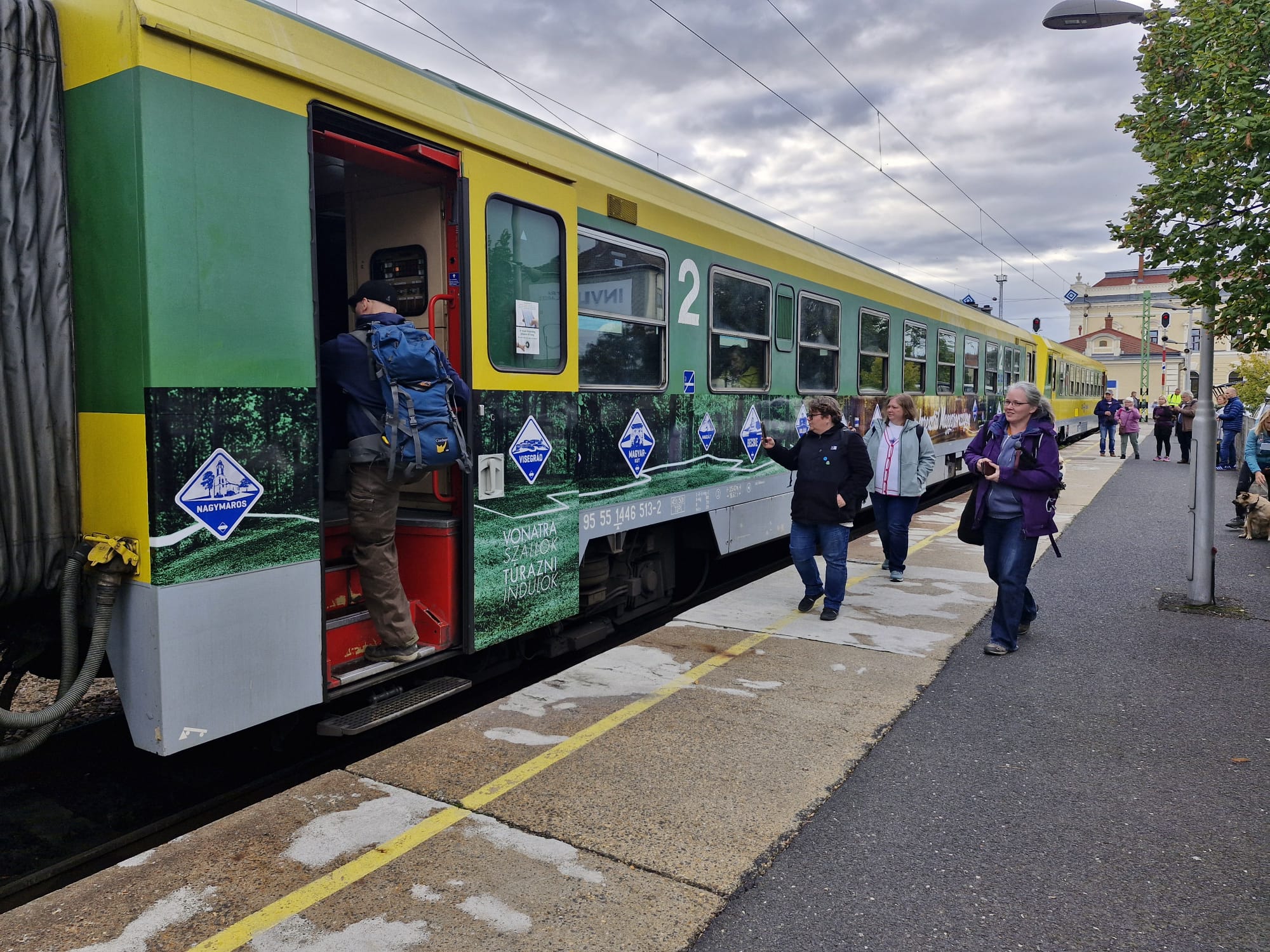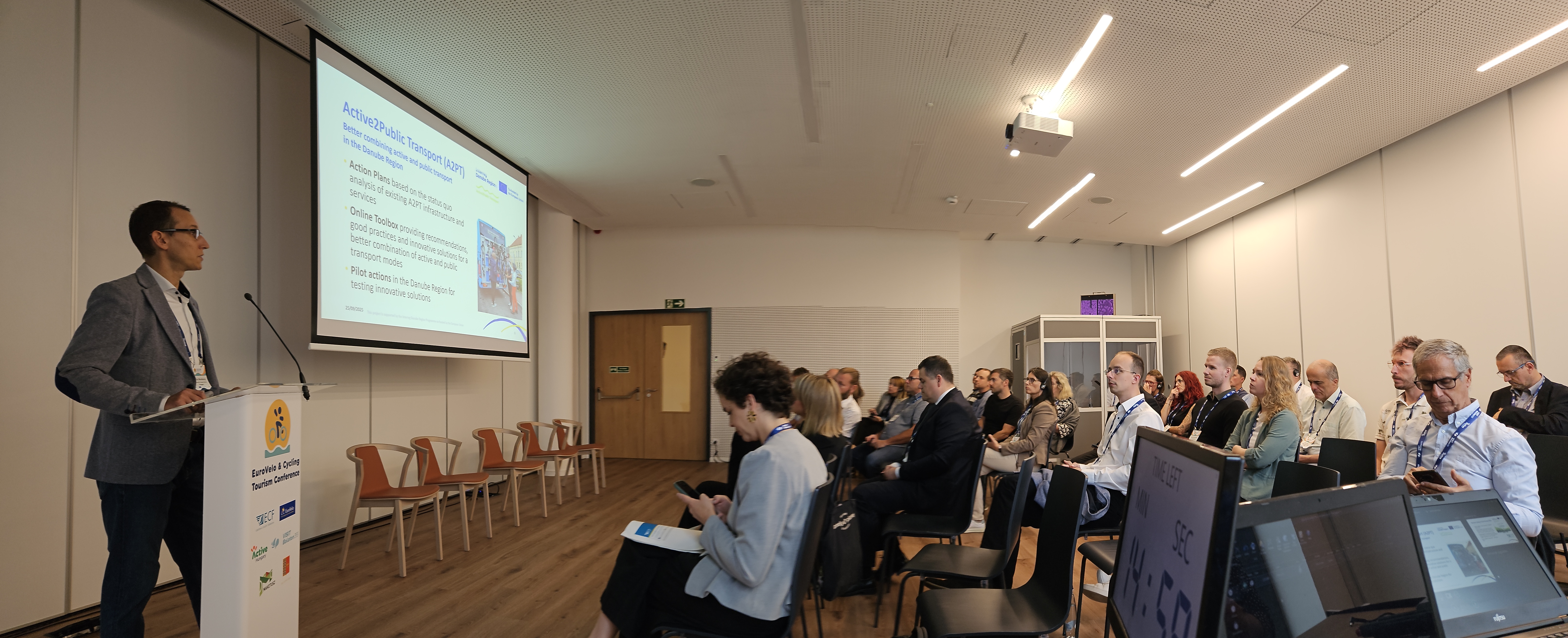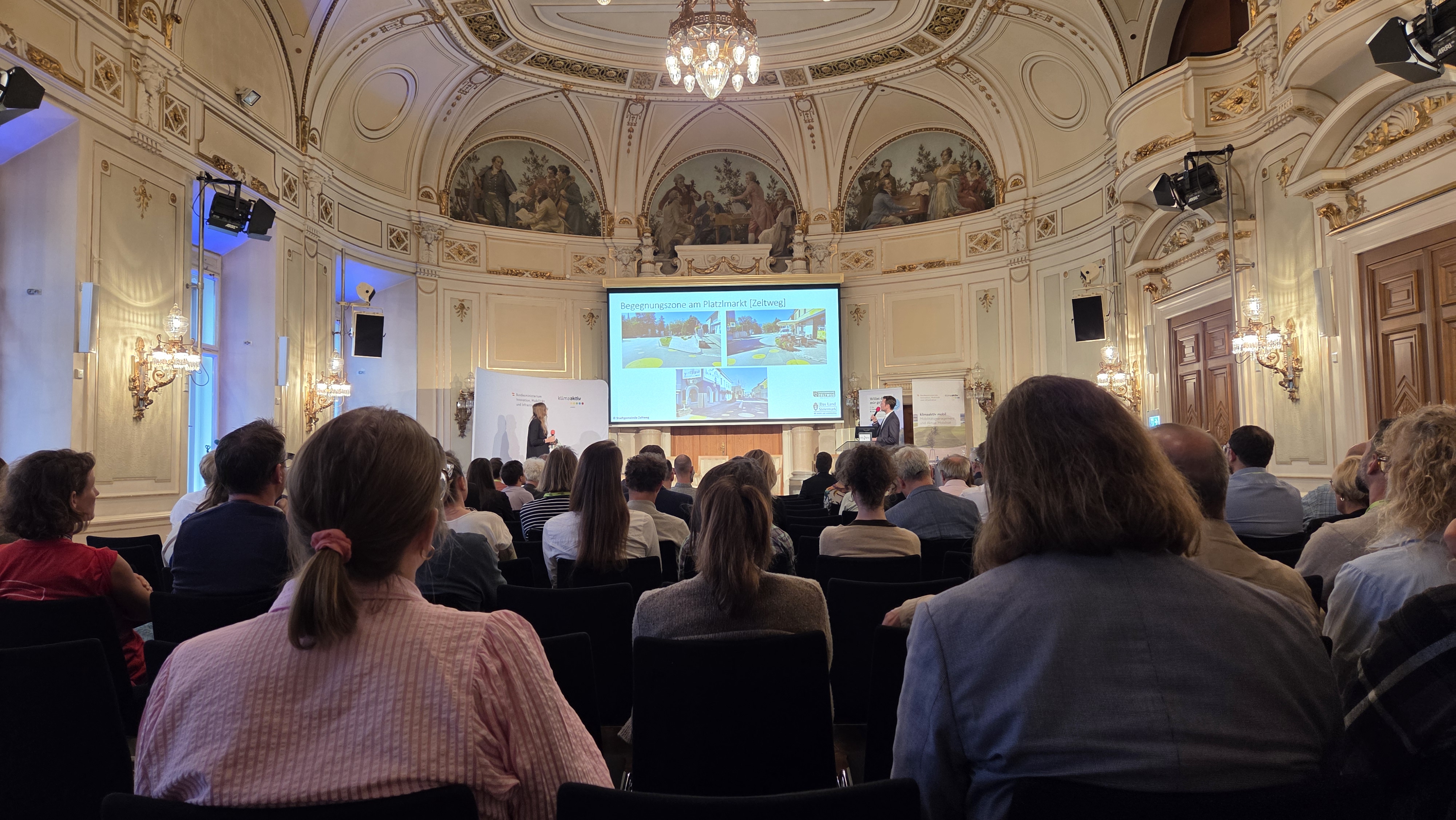
Active2Public Transport Showcases the Power of Walking at Austria’s First Pedestrian Summit
The first-ever Austrian Pedestrian Summit (1. Österreichischer Fußverkehrsgipfel) was a highlight of Österreich zu Fuß (“Austria on Foot”) a new nationwide initiative of the Federal Austrian Ministry of Innovation, Mobility and Infrastructure (BMIMI) together with klimaaktiv mobil to promote walking.
Held September 23–24, 2025, in Graz, the conference was co-hosted by the Federal State of Styria and the City of Graz.
The summit aims to become an annual platform for exchange and debate on walking as a key mode of mobility, supporting the country’s Master Plan Walking 2030.
Discussions focused on how to make walking safer and more attractive, connect leisure and everyday walking, and create pedestrian-friendly planning that benefits everyone.
Decision-makers from cities, regions, federal institutions, planners, researchers, and the general public joined specialist presentations and field excursions to exemplary local projects.
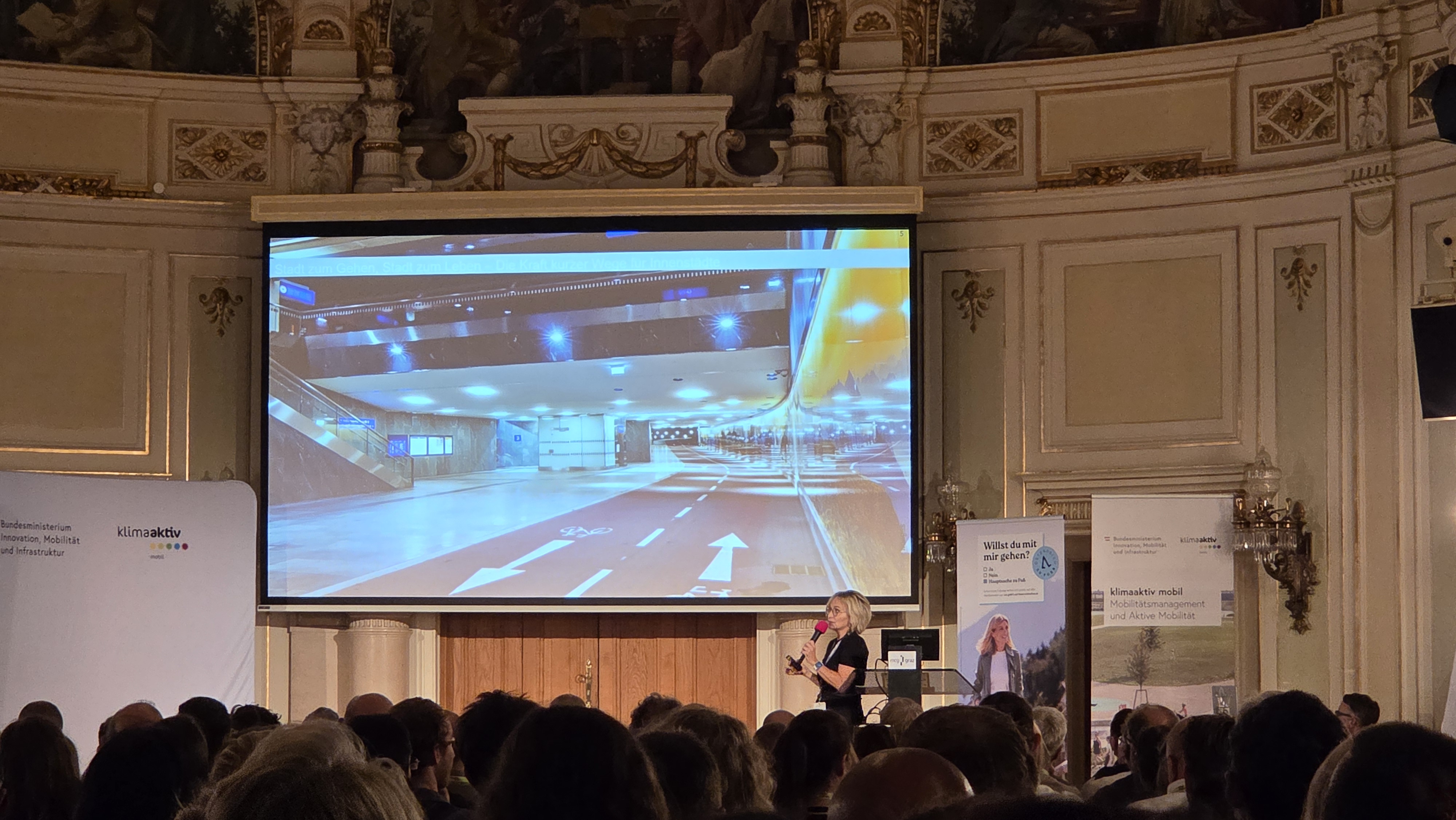
Plenary keynote presentation by Elisabeth Blanik (Mayor of the City of Lienz, Tyrol) on the transformation of Lienz railway station into a modern, inclusive mobility hub. Photo: © Irene Bittner, AEA
Perfect Partners: Public Transport and Walking
One of the most anticipated sessions, “The Perfect Multimodal Combination – Public Transport and Walking,” was curated in cooperation with the Active2Public Transport (A2PT) project.
The session explored ways to better integrate walking with public transport:
How can platforms and stops be made fully accessible?
What does it take to transform stations into true mobility hubs?
Moderated by Katharina Jaschinsky (VCÖ – Mobility with a Future), the discussion showcased national and international best practices.
VCÖ, which already collaborated with A2PT in 2024 on a factsheet Active mobility as a feeder to public transport, opened the session with a keynote on pedestrian access to stops and stations.
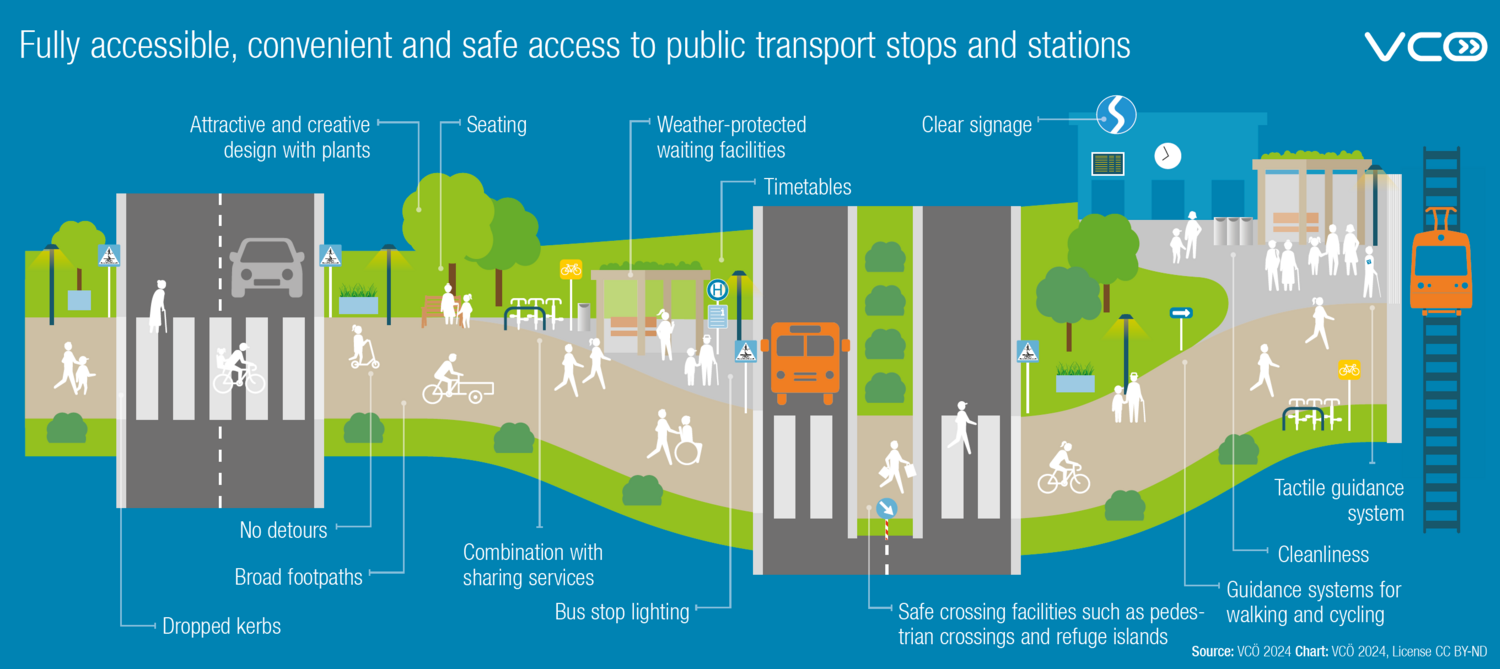
Source: © VCÖ – Mobility with a Future
Active2Public Transport Results on Stage
Following the keynote, Irene Bittner (Austrian Energy Agency) and Andreas Friedwagner (Verracon GmbH) presented first results from on-site analyses of 45 stations across nine project regions.
They highlighted findings from a walkability assessment of five stations in Burgenland, which inspired a temporary street-design concept for the rural station of Neufeld/Leitha.
The team also introduced the first concept of the A2PT Online Toolbox (work in progress), including preliminary design principles for seamless walking–public transport connections:
Accessible and barrier-free stations, platforms, forecourts, and surrounding paths.
Short, direct routes for easy transfers between lines and modes.
Clear information systems, both digital (apps, real-time data) and analogue (signage, tactile guidance, acoustic cues).
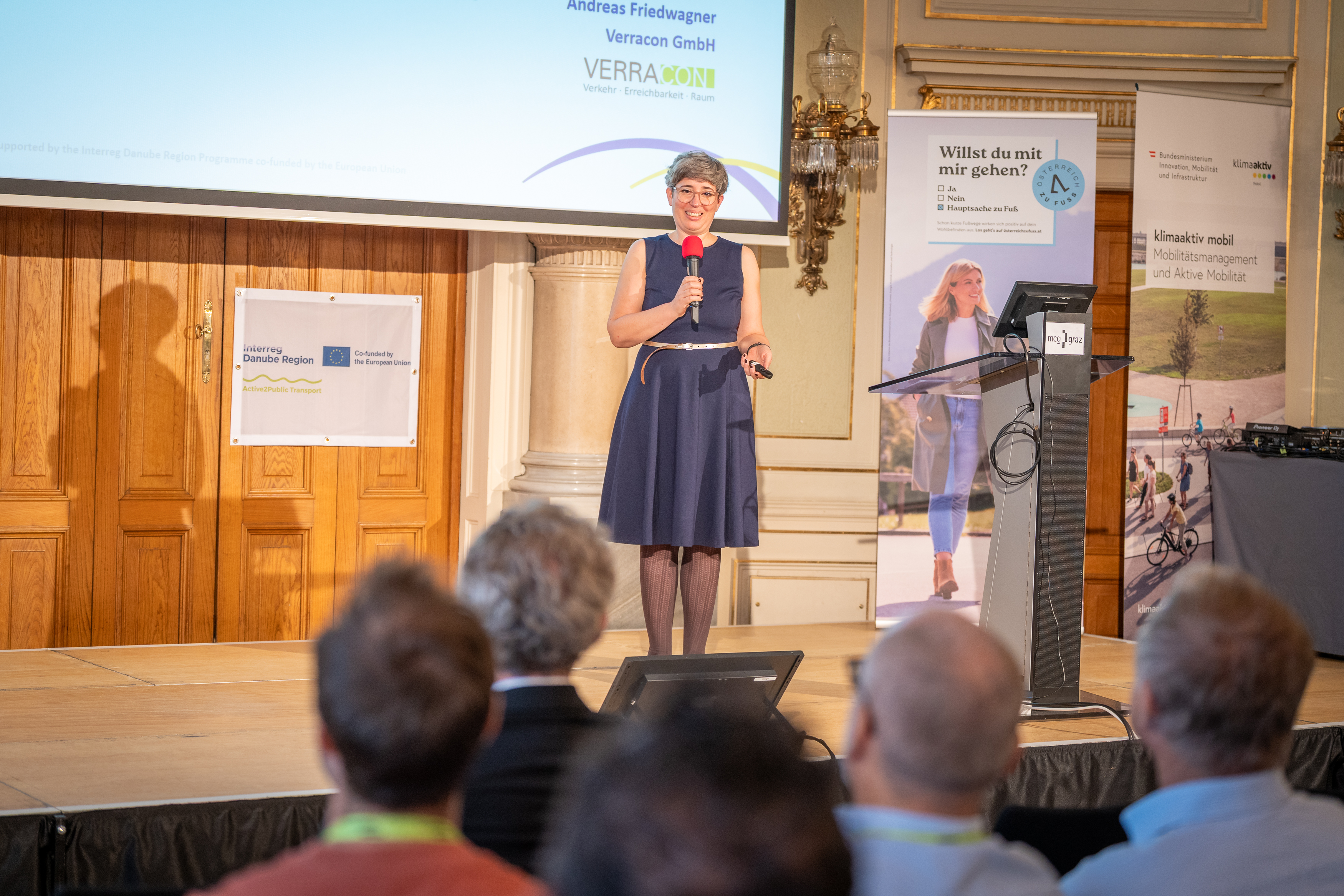
A2PT presentation by project lead partner Irene Bittner. Photo © Laura Gimpel
International Insights and Local Innovations
Additional contributions broadened the perspective:
Cathrine Schupp, Head of Mobility Planning for the City of Ravensburg and representative of the A2PT project’s associated strategic partner City of Ravensburg, outlined how the partnership supports Ravensburg’s long-term strategy to create an inclusive, climate-friendly transport network. She presented a video update on the city’s feasibility study and refurbishment plans for its railway station, which will be transformed into an inclusive mobility hub offering barrier-free access, improved pedestrian connections, and multimodal links to cycling and bus services. This presentation built on insights from the A2PT partnership’s on-site study visit to Ravensburg station in November 2024 during the Ulm/Ravensburg partner meeting.
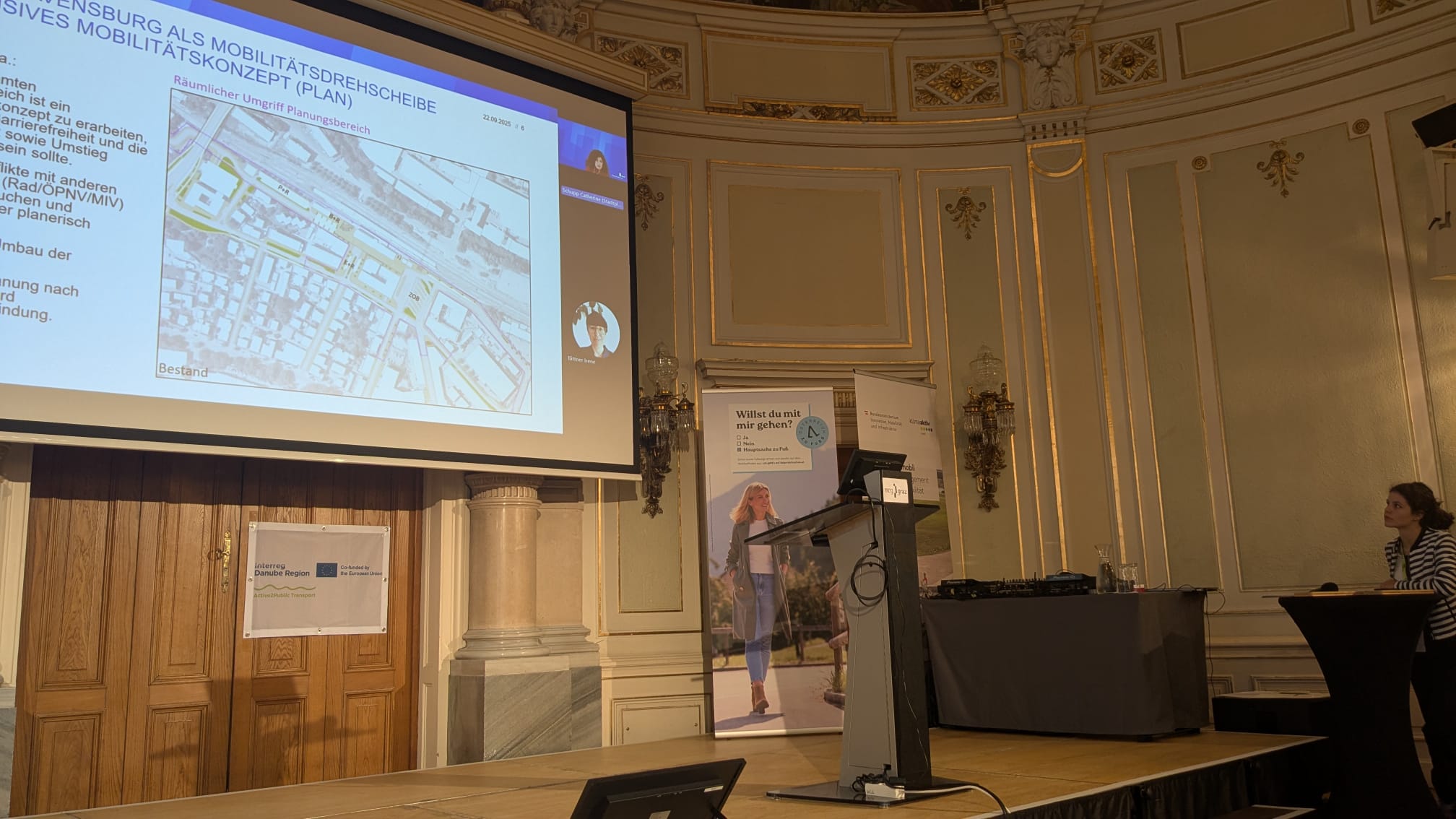
Feasibility study presentation on transforming Ravensburg railway station. Photo: © Andreas Friedwagner
In addition to the core presentations from the A2PT project, three other speakers contributed valuable context and broadened the discussion:
Martin Schmidt (Holding Graz Linien) explained the hidden complexity of designing bus stops amid diverse ownership and legal constraints.
Sarah Pallauf and Alice Frischherz (Bahn zum Berg) presented a web tool for discovering hiking routes accessible by public transport.
Walter Slupetzky (Quintessenz) and Stefan Walter (Federal State of Styria) unveiled a feasibility study for future express bus stops on highways designed for easy access by foot and bicycle.
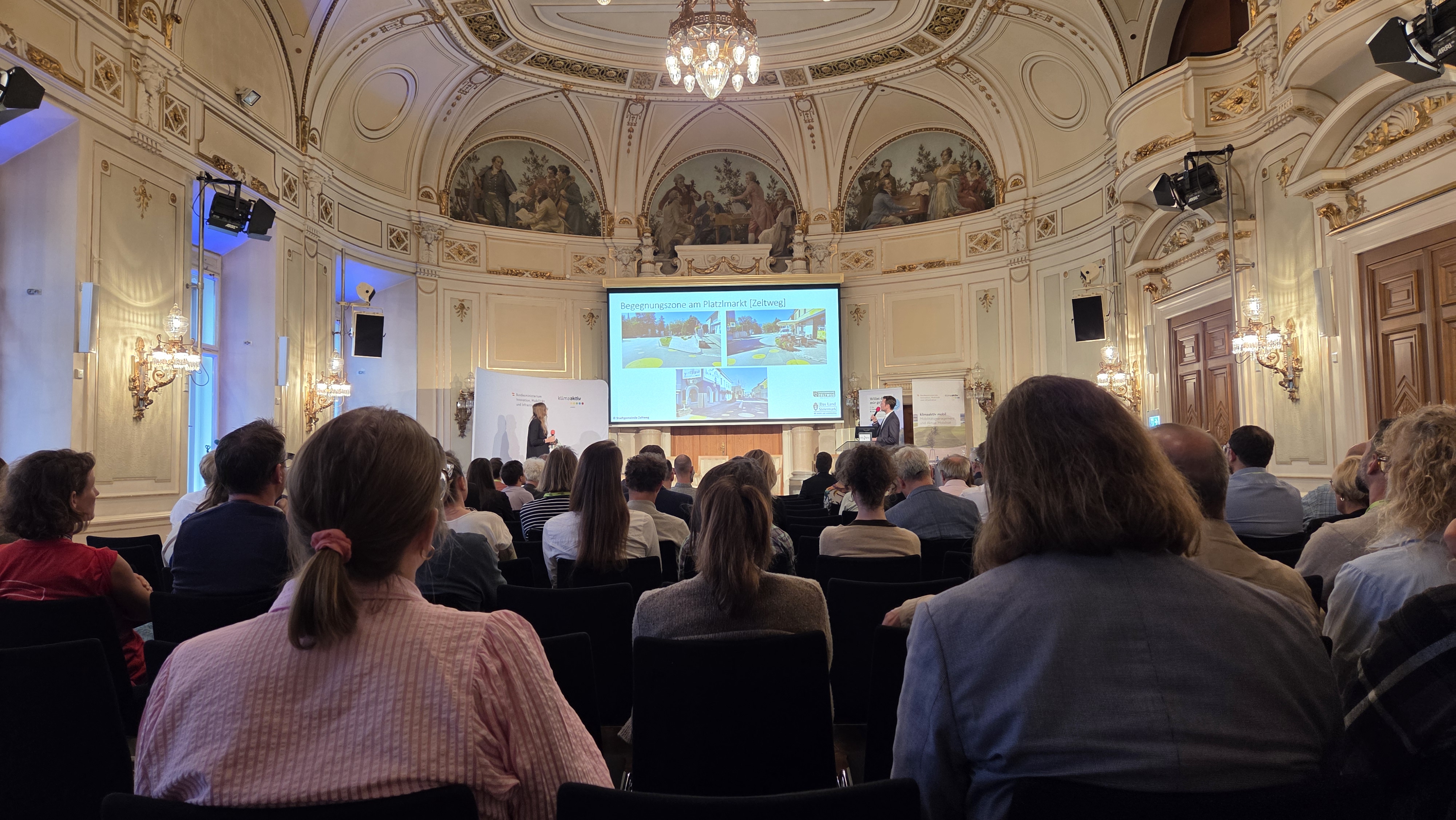
Plenary keynote presentation by Nina Fank-Habe and Peter Sturm (Traffic Department, State of Styria) on the implementation of the pedestrian traffic strategy Styria 2030+. Photo: © Irene Bittner, AEA
Together, these presentations demonstrated how A2PT is turning research into actionable tools and strategies.The project’s station analyses, walkability assessments, and the forthcoming Online Toolbox are already inspiring concrete design concepts—from temporary street experiments in rural Burgenland to long-term station upgrades in Ravensburg.
By sharing these early outputs and connecting them with partner initiatives across Austria and beyond, A2PT is building a transferable knowledge base for cities and regions seeking to combine walking and public transport into a seamless, user-friendly mobility system.
Cover photo: © Irene Bittner, Austrian Energy Agency
Text: Irene Bittner, Jitka Vrtalova
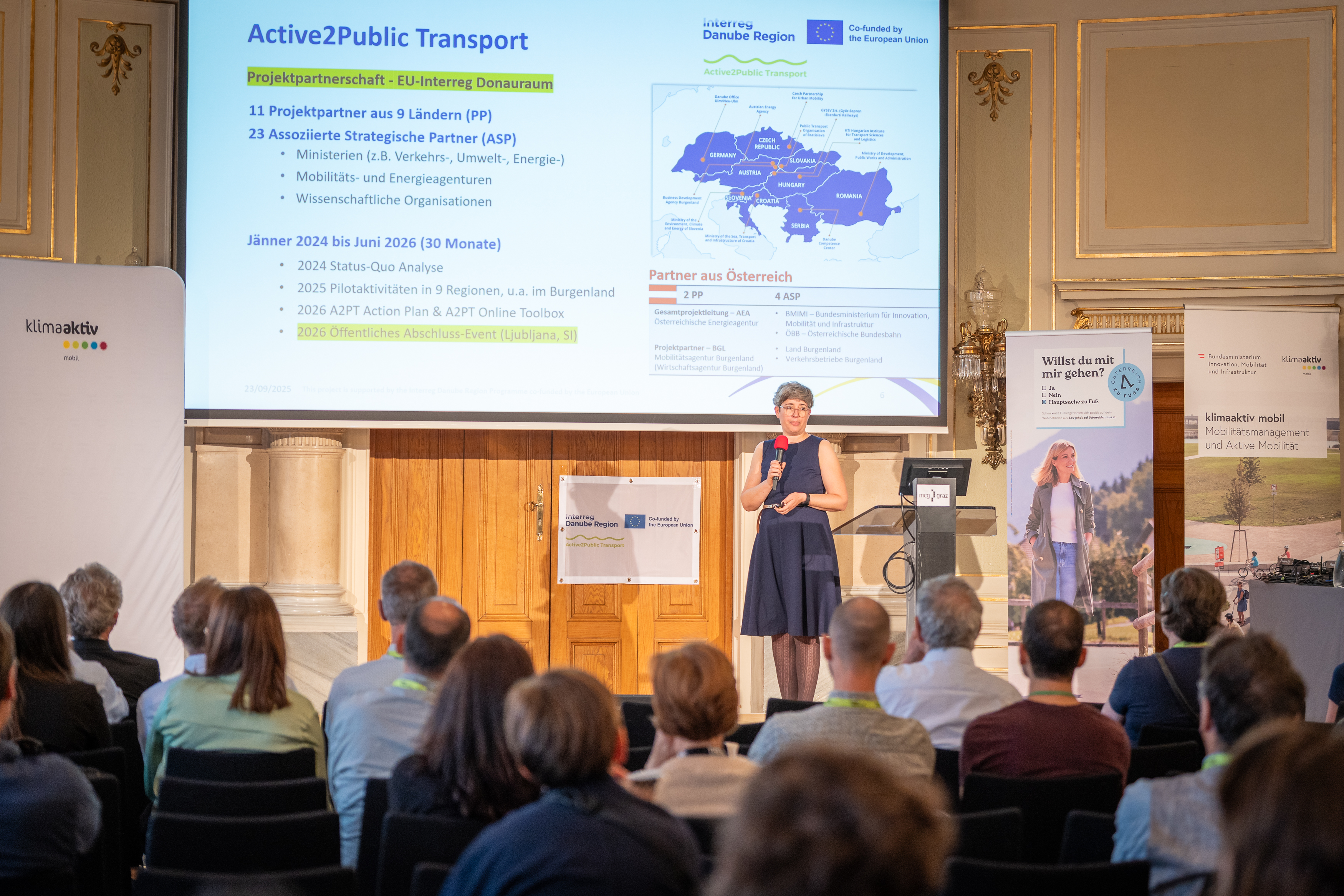
A2PT presentation by project lead partner Irene Bittner. Photo © Laura Gimpel
Download the presentations
News & Events
Read the most recent updates and explore the upcoming events.

